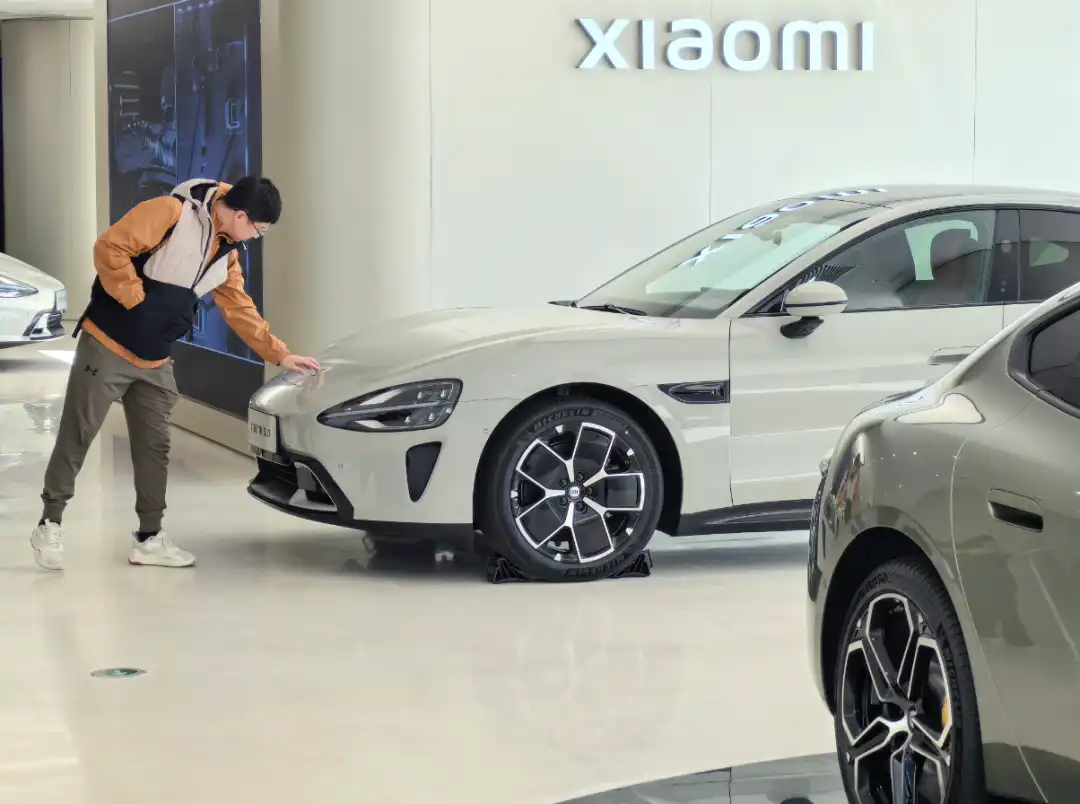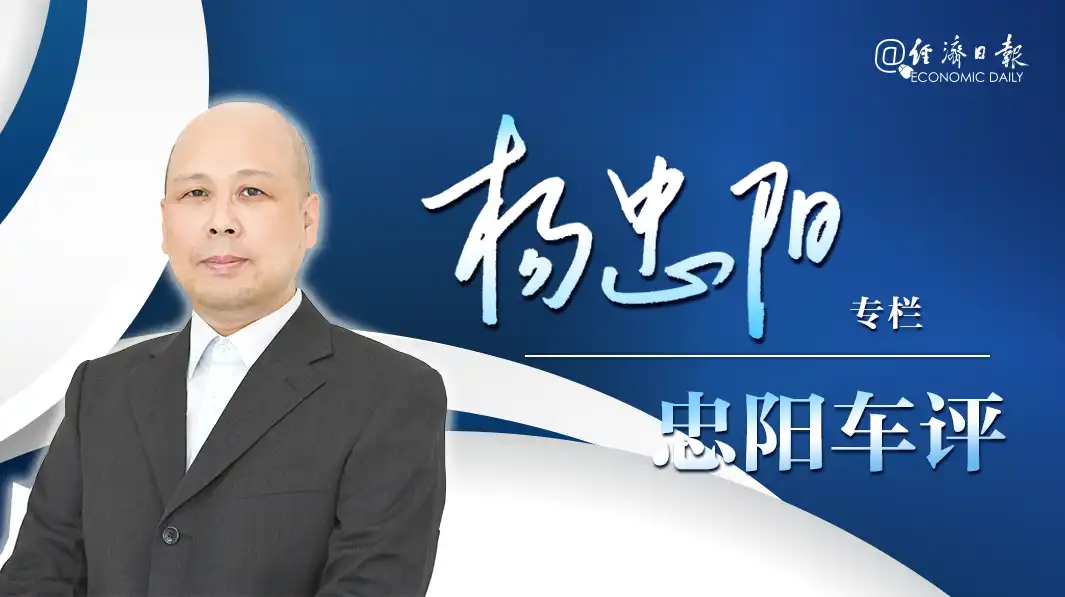China's new energy vehicle overcapacity:Is it a "double standard" or has ulterior motives?
Overcapacity means that the actual production capacity exceeds market demand and the supply capacity is idle. To judge whether an industry has overcapacity, internationally, capacity utilization rate or equipment utilization rate is often used as an evaluation indicator. Since capacity utilization is related to factors such as industrial organizational structure, advanced production capacity and competition methods, capacity utilization rates vary greatly in different industries, and the reference value of the above evaluation indicators is not absolute. To get a relatively reliable conclusion, we also need to combine comprehensive research and judgment based on industrial attributes, global division of labor and market demand.
Judging from global market demand and future development potential, the current new energy vehicle production capacity is not only not excessive, but is also far from meeting market demand. 2023年全球新能源汽车销量达到1465万辆,同比增长35.4%,主要国家的市场平均渗透率仅为16%。根据国际能源署测算,2030年全球新能源汽车需求量将达4500万辆。

At a Xiaomi car retail store in Beijing, a consumer is learning about the Xiaomi SU7 car. Photo by Ju Huanzong (Xinhua Agency)
最近,中国小米汽车火出了圈。 其首 款车小米SU7上市当天,就收获大定近9万台,企业产能完全跟不上,就很说明问题。 当然,也许有人会抬杠: 你看当前中国新能源汽车市场价格战此起彼伏,玩家们都卷成花卷了,不是过剩又是什么? 其实,Intense market competition does not mean overcapacity。 反过来思考,如果产能真过剩,小米怎会义无反顾地跻身这个赛道。 还不是因为新能源汽车赛道坡长雪厚,市场需求潜力大,所以造车新势力才络绎不绝。
当谈论应对气候变化时,认为新能源产能仍然不足;而谈到中国新能源产业时,又指责“产能过剩”——有专家指出,如此“双标”的言论,目的只有一个, That is to crack down on China's new economic growth engine and incorporate photovoltaic products, new energy vehicles, lithium batteries and other industries that affect Western interests into the "small courtyard and high wall" built in China, thereby protecting China's manufacturing industry.
In recent years, Europe and the United States have been highly concerned about China's new energy industry production capacity and subsidies, which are actually related to factors such as the poor transformation of enterprises in related industries in Europe and the United States. Due to well-known reasons, Europe and the United States are not developing as fast as China in new energy sources. They worry that if China is allowed to continue to lead the way on the new energy track, it will be difficult to catch up. Therefore, they do not hesitate to sacrifice their reputation and strive to "demonize" China's new energy industry.
In fact, the development of China's new energy vehicle industry has not yet reached a surplus stage, but its international competitive advantage is not achieved through subsidies. 经过数十年奋力创新,中国新能源汽车企业通过技术驱动、完善的产供链体系和市场充分竞争,产销规模连续多年居全球第一位,带动产业高质量转型升级,形成了具有全球影响力的新质生产力。相反,当前欧美对新能源汽车还在大搞补贴。以美国为例,其《通胀削减法案》对符合专设条件的电动车补贴就高达7500美元。这虽然有利于美国的清洁能源转型,但是因其歧视性也饱受争议,甚至遭到欧盟、日本和韩国的猛烈抨击。
The automobile industry is a highly global industry, and its healthy development relies on close cooperation in the global industrial chain. Some countries and regions are forcibly promoting trade restrictions on China's new energy vehicles without sufficient evidence. This not only violates the WTO's international trade rules, but may also seriously disrupt the supply chain of the global automobile industry and harm the interests of global consumers. What is even more worrying is that this will also delay the global response to climate change and the green and low-carbon transformation process.

